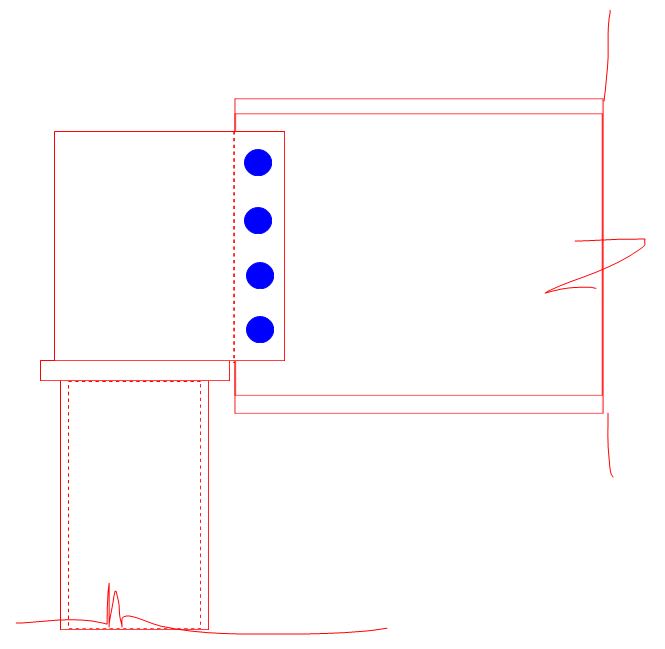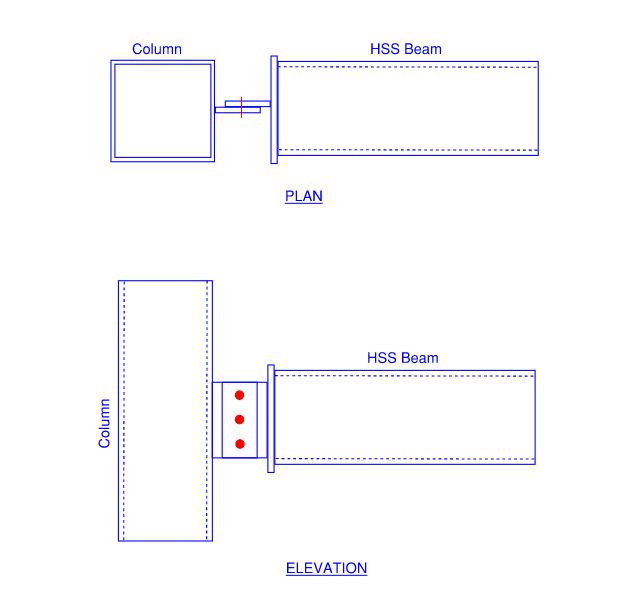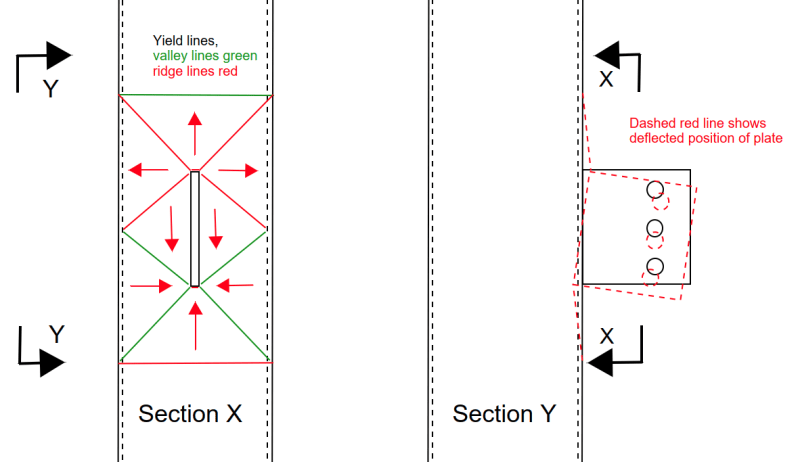I am trying check capacity of a single plate welded to column
The single plate is conventional
but instead of the connecting member being web of a wide flange, tee or whatever
its now a tongue extended from a cap plate of a hss
can i still use the conventional design checks for weld and bolt of the single plate?
and what about tongue to cap plate weld?
cap plate to HSS?
The single plate is conventional
but instead of the connecting member being web of a wide flange, tee or whatever
its now a tongue extended from a cap plate of a hss
can i still use the conventional design checks for weld and bolt of the single plate?
and what about tongue to cap plate weld?
cap plate to HSS?



